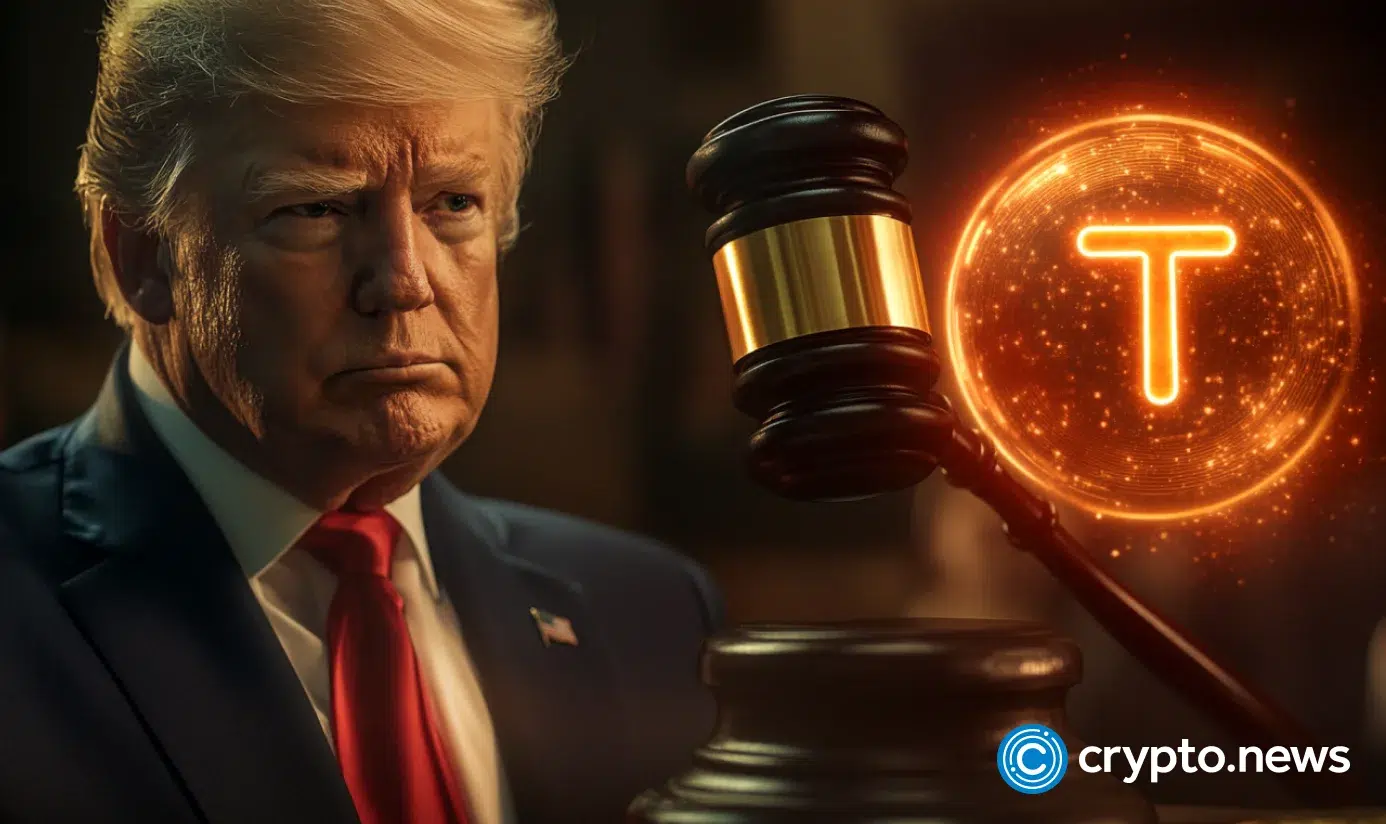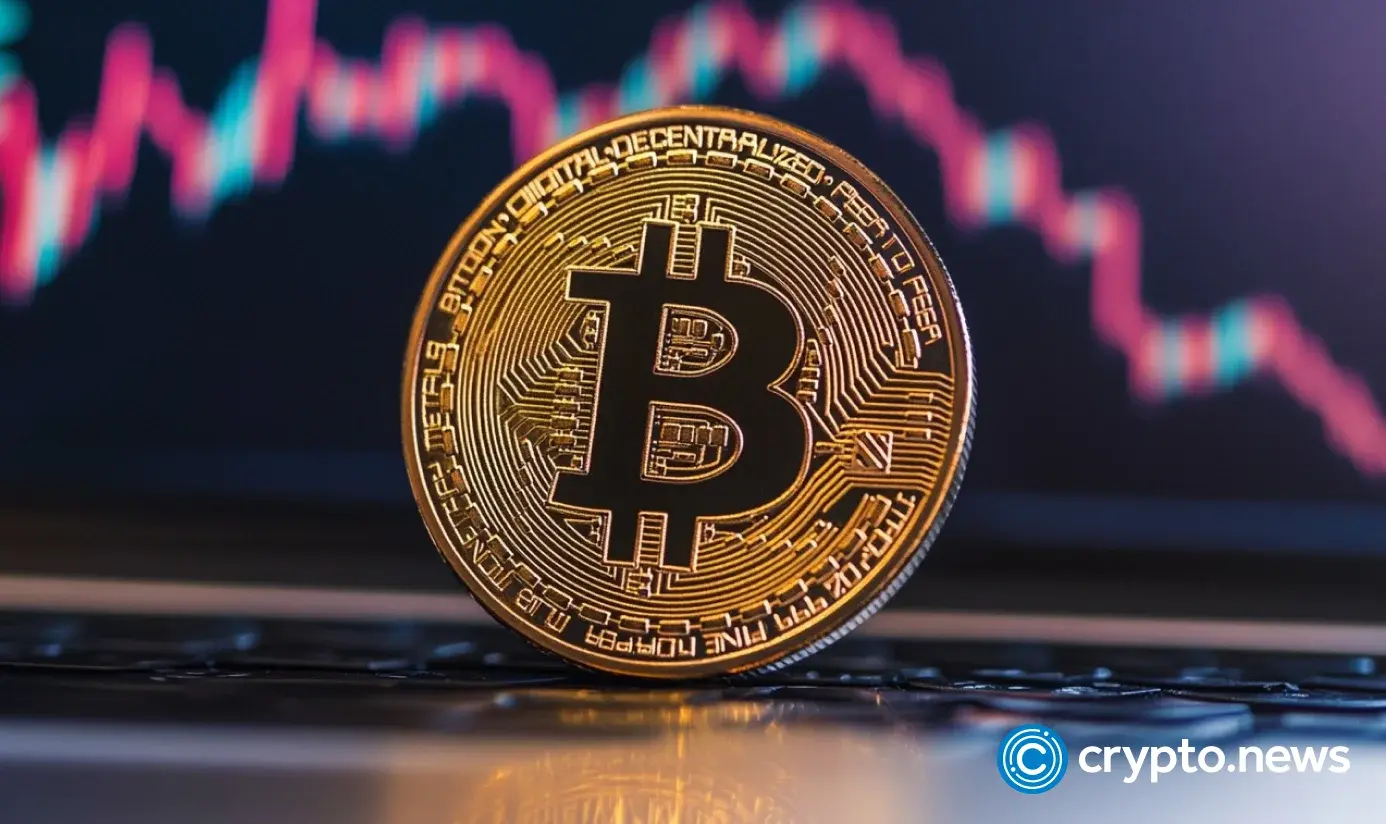China leaves benchmark lending rates unchanged as expected, despite Fed rate cut
The People's Bank of China kept the one-year loan prime rate unchanged at 3.0% while the five-year LPR at 3.5%, respectively, according to a statement Monday.

BEIJING, CHINA - OCTOBER 12: The People's Bank of China (PBOC) building is pictured on October 12, 2020 in Beijing, China.
Vcg | Visual China Group | Getty Images
China kept its benchmark lending rates unchanged for the fourth straight month on Monday despite the U.S. Federal Reserve's interest rate cut last week.
The People's Bank of China kept the one-year loan prime rate unchanged at 3.0% while the five-year rate remained at 3.5%, according to a statement. The one-year rate influences most new and outstanding loans, while the five-year benchmark affects mortgages.
The central bank last trimmed the key lending rates by 10 basis points in May as part of Beijing's efforts to shore up its economy.
The PBOC last Thursday kept the seven-day reverse repo rate, which serves as the main policy rate, unchanged, following the Fed's 25-basis-point cut.
The benchmark lending rates — normally charged to banks' best clients — are calculated monthly based on designated commercial banks' proposed rates submitted to the PBOC.
The decision Monday came in line with economists' expectations that Chinese authorities would hold off major stimulus measures amid a recent stock market rally, even as a string of economic data underscored signs of fatigue in the economy.
The benchmark CSI 300 index opened higher on Monday before edging down 0.24%. The offshore yuan strengthened slightly to 7.1161 against the U.S. dollar.
China's economic slowdown deteriorated in August with a raft of key indicators missing expectations. Retail sales slowed to 3.4% in August as consumption remained weak, while industrial output growth eased to 5.2%, marking its weakest level since August last year.
In another sign of sluggish domestic demand, China's consumer prices fell more than expected last month while deflation in wholesale prices persisted for nearly three years.
The country's export growth slowed to 4.4% in August, marking their lowest growth rate since February, as the impact of frontloading shipments waned and the U.S. trade policy targeting transshipment weighed on exports to third countries.
Economists expect Chinese policymakers to roll out marginal monetary easing later this year to ensure the world's second-largest economy hits the government's annual growth target of around 5%.
"Beijing's focus has shifted from risk management to growth stimulation, moving from tolerating deflation to reflating the economy," said Hong Hao, managing partner and CIO at Lotus Asset Management.
"China has reached a point where it must stop inefficient, debt-fueled asset accumulation and begin reducing unproductive investments," said Hao, expecting further policy stimulus in the coming months.

 FrankLin
FrankLin 






























